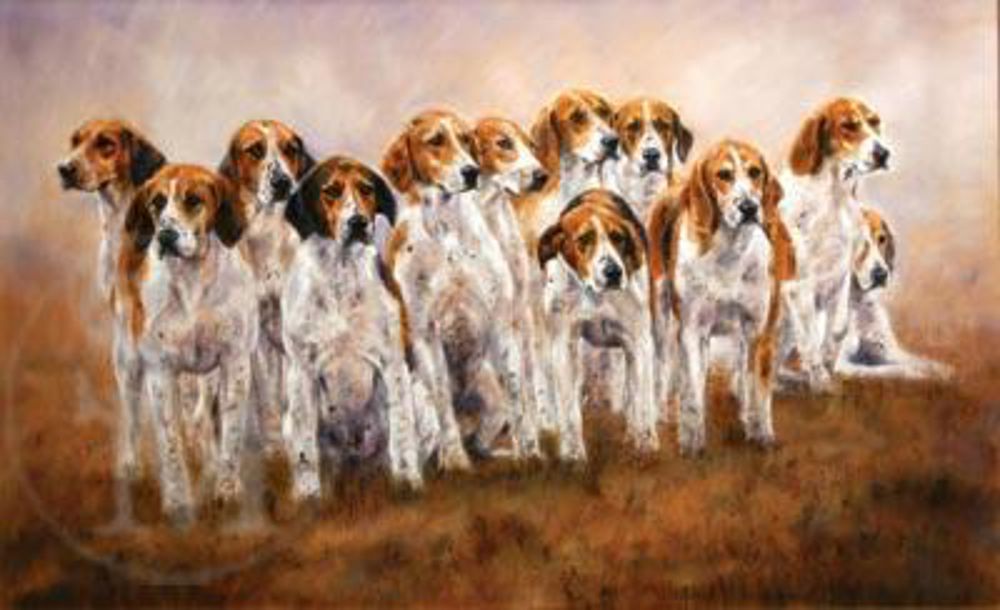
Robert Brooke wasn’t one to let grass grow under his feet. He earned his B.A. from Oxford University, received his Master of Arts degree, was admitted to Orders (the ministry), married Mary Baker, and had four kids, all within seven years. When Mary died, Robert married another Mary a year later, and together, they had thirteen children. In time, Robert received a commission to serve as a protestant minister for “one whole county,” and this meant moving from England.
The year was 1650. Robert packed up his wife, ten of the kids, 28 servants and a pack of dogs, and off they sailed to Maryland. Within a couple of years, Robert became Colonial Governor of Maryland. Like many wealthy emigrants who came to Maryland under the patronage of the Proprietor, Robert amassed huge amounts of land and built three large estates, each named for himself. One of them was De La Brooke Manor situated on 8,000 acres in southern Maryland on the banks of the Patuxent River.
Colonists were isolated by distances of their colonial farms in that part of Maryland, something to which Robert wasn’t accustomed. He and fellow colonists organized fox hunts as a reason to get together with friends. It’s fitting that today, De La Brooke Manor serves as a hunt club recognized with the Masters of Foxhounds Association. See, the dogs that Robert brought with him to Maryland from England were hounds (now referred to as the “Brooke Hounds”) that are recognized as significant contributors to the development of the breed attributed to George Washington, the American Foxhound. The dogs George Washington himself had were descended from Brooke’s, and when crossed with the French hounds he received as a gift from the Marquis de Lafayette, the origins of the present day American Foxhound was born.
Oscar Wilde wrote that history is merely gossip, and Elbert Hubbard refined the sentiment by describing history as “gossip well told.” Dog breeds are inextricably tied to people and events of the past (what served as gossip at the time), and when we share these bits of history, we hope you see more vividly how our respective breeds have heritage and a legacy.
“The Dirty Dozen” Debbie Gillingham
http://www.debbiegillingham.info/
http://www.sallymitchell.com/artists/Debbie-Gillingham
https://www.facebook.com/Debbie-Gillingham-Fine-Art-412770688835203/timeline/
